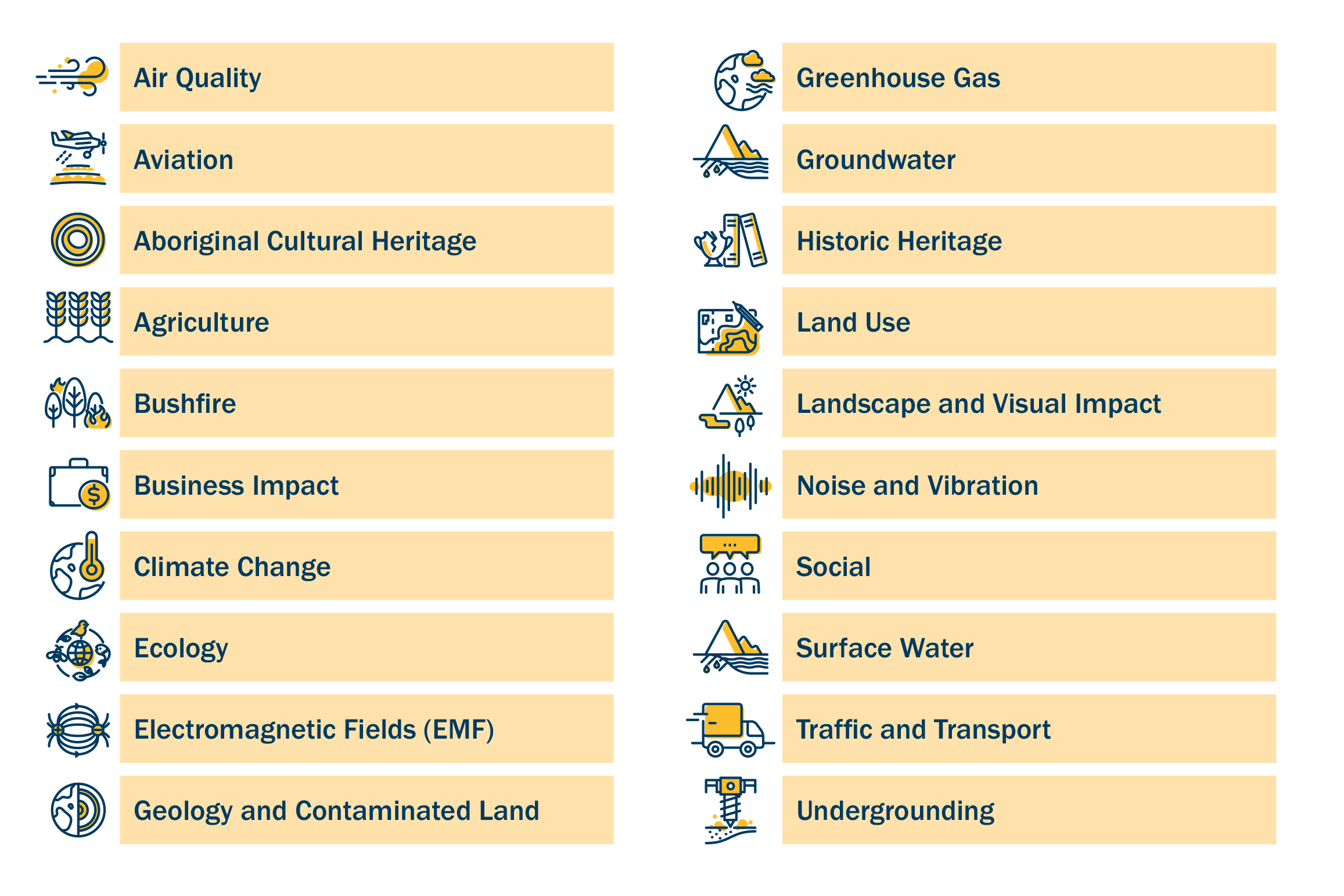EES Introduction
An Environment Effects Statement (EES) is Victoria's most rigorous and transparent environmental impact assessment. It describes the project, its rationale and potential environmental and social effects. The Victorian Department of Transport and Planning (DTP) administers the process on behalf of the Minister for Planning under the Environment Effects Act 1978.
The VNI West project is required to complete an EES and obtain relevant Victorian and Commonwealth approvals , before construction can begin.
An Environment Effects Statement (EES) usually has:
- a description of the proposed development
- an outline of public and stakeholder consultation undertaken during investigations and the issues raised
- a description of the existing environment that may be affected
- predictions of significant environmental effects of the proposal and relevant alternatives
- proposed measures to avoid, minimise or manage adverse environmental effects
- a proposed program for monitoring and managing environmental effects during project implementation.
For more information visit the Department of Planning and Transport’s website.
EES Process and Consultation
The EES studies, assessments and project design are being carried out from 2024 to 2026. If all necessary approvals are obtained, construction is expected to begin in 2027.
Consultation is a key part of the EES process. The more local input that is received, the more comprehensive the EES will become. Ongoing engagement with landholders and community members has already helped refine the project easement and identify public and private areas for environmental investigation.
There are two formal engagement stages and one informal stage:
- The first formal stage happened in November 2024, when DTP released the draft scoping requirements and invited feedback from landholders and the community.
- The second formal stage will be the public exhibition and submissions process, expected in late 2026. The Minister for Planning will appoint an inquiry and advisory committee to conduct an inquiry considering the EES, submissions received and VNI West's response. This process may include public hearings. The Minister will then make an assessment as to whether the VNI West project would have an acceptable impact on the environment. This ensures that the assessment of the project is thorough and impartial, considering all public and stakeholder feedback before a final assessment is made.
- Informal engagement occurs during EES preparation and also plays an important role.
The EES process and engagement opportunities are outlined below:

Why an EES is needed for VNI West
In April 2024, the Victorian Minister for Planning determined that an EES is required for the VNI West project before construction can begin. This was because the project has the potential for a range of significant effects relating to:
- Biodiversity and ecological values, including loss, degradation or fragmentation of native vegetation and habitat
- Aboriginal and historic Cultural Heritage values
- Visual and landscape values
- Water environments including waterways, wetlands and groundwater and
- Agriculture, other land uses and communities.
The project also has the potential for cumulative adverse effects on the above-mentioned values from the combination of proposed works, and other existing and publicly known proposed projects within the region.
An EES is the most comprehensive and robust assessment process available in Victoria. The EES will provide an integrated and transparent examination of the proposed project and its environmental effects.
The Minister’s decision on referral can be found here.
EES Scoping Requirements and Technical Studies
Scoping requirements set out the matters to be investigated and documented within the EES.
The Department of Transport and Planning (DTP) developed the scoping requirements for VNI West in consultation with the project and the convened Technical Reference Group (TRG).
In November 2024, DTP formally released the draft VNI West scoping requirements for public comment, providing landholders and community members with the opportunity to provide feedback.
In February 2025, the Victorian Minister for Planning issued the final scoping requirements for VNI West.
While the scoping requirements are intended to cover all relevant matters, the EES can also address other significant matters that emerge during the EES investigations or through consultation.
The VNI West project is undertaking a program of expert studies and assessments in relation to the following VNI West EES matters:

More information on the EES scoping requirements and technical studies can be found here.
EES Technical Reference Group
The Department of Transport and Planning (DTP) convened a Technical Reference Group (TRG) to provide oversight and advice during the Environment Effects Statement (EES) process.
The organisations represented on the TRG are:
- Department of Transport and Planning (DTP) - Impact Assessment
- Department of Energy, Environment and Climate Action (DEECA) – Planning and Environment Assessment
- DTP Planning
- Buloke Shire Council
- Gannawarra Shire Council
- Loddon Shire Council
- Northern Grampians Shire Council
- EPA Victoria
- Goulburn Murray Water
- North Central Catchment Management Authority
- First Peoples - State Relations
- Barengi Gadjin Land Council Aboriginal Corporation
- Dja Dja Wurrung Clans Aboriginal Corporation
- Heritage Victoria
- Agriculture Victoria
- Country Fire Authority
Transmission Company Victoria
Planned Field Survey Activities
Department of Transport and Planning





